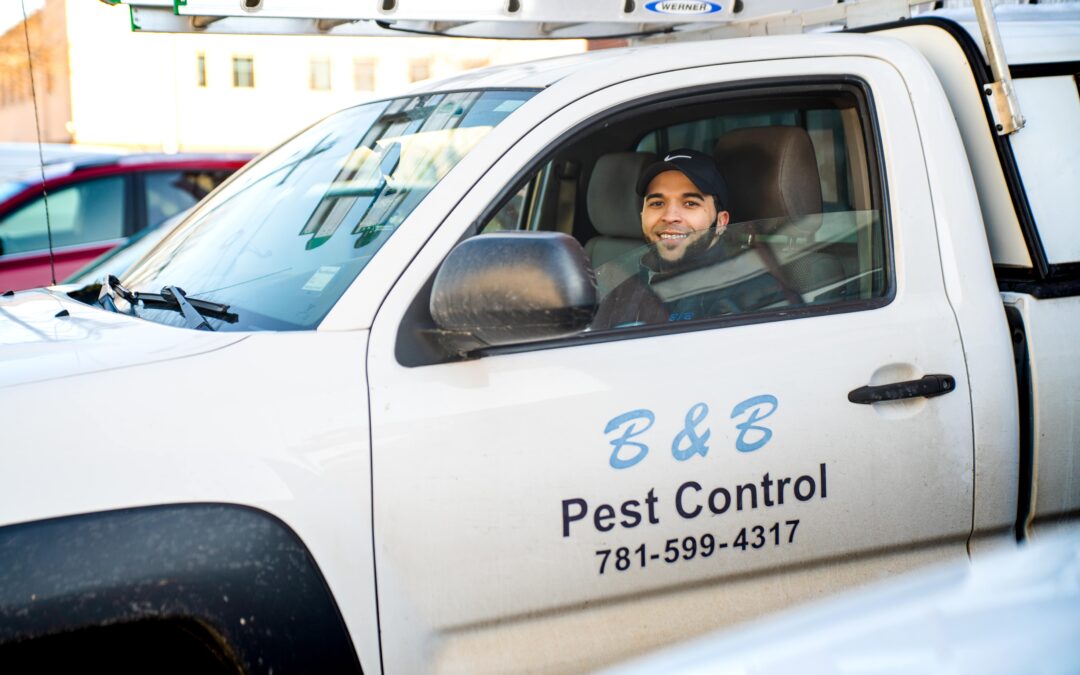Staying healthy during winter is always a challenge, especially with the incidence of common colds and flu. Regrettably, most people do not consider the threat posed by Norway rats during this time of the year, both to property and human health. Every year, rodents invade about 21 million homes in the United States each year during the winter season. These infestations can cause more than a nuisance for homeowners.
During the cold months, Norway rats search for shelter, warmth, and food indoors. They often get into homes through small holes and cracks. However, the main concern is that these rodents can cause severe property damage and spread diseases once inside your home.
The buildup of feces from Norway rats can induce allergic reactions in humans, contaminate food, and spread bacteria. Once the feces dry up, they can be dangerous to the people who breathe them in. Additionally, Norway rat droppings can spread viruses and diseases.
Here are some of them:
Rat-Bite Fever
This is a potentially fatal infectious condition that is spread through bites from infected Norway rats. It can also be spread through consuming foods that are contaminated by infected rats. The Center for Disease Control and Prevention (CDC) reports that rat-bite fever symptoms usually emerge after three to ten days after exposure to an infected rat. The symptoms include muscle pain, rashes, headaches, vomiting, and fever.
Salmonellosis
Salmonellosis is a food poisoning type that spreads through rodent feces. The symptoms include abdominal pain, fever, and diarrhea. A study by WebMD reports that about 40,000 cases of Salmonella are reported in the United States per year.
Bubonic Plague
Bubonic Plague is also known as Black Death. It is a very infectious and fatal disease that is infamous for killing a third of the Europeans in the Middle Ages. Bubonic Plague spreads through bites from an infected rodent flea. The symptoms include swollen and painful lymph nodes, headache, and fever. According to a 2012 report by PestWorld.Org, a Colorado girl got infected with Bubonic Plague during a camping expedition.
Hantavirus
This is a potentially life-threatening condition that is transmitted to humans by rodents. Humans get infected through inhalation or exposure to infected rodent saliva, droppings, or urine. The likelihood increases when rodents actively live near where you stay or sleep. Early symptoms of Hantavirus include muscle aches, fever, and fatigue, according to CDC. Patients might also experience abdominal pains, chills, dizziness, and headaches.
In addition to these health risks, Norway rats can pose significant risks to property. They usually gnaw through electrical wiring, wood, cardboard, and wallboards. They can also destroy insulation in lofts. Norway rats can cause house fires due to electrical faults caused by wiring issues.
Norway rats have a rapid rate of reproduction. That means they can quickly multiply to cause a full-blown infestation within a short period. Preventing infestations should be the primary way to protect themselves against these pests. However, most homeowners wait for visible signs to take action. You should be aware of the signs of Norway rats to be able to identify an infestation before it becomes severe. A pest control professional can provide the knowledge and expertise needed to eradicate a Norway rat infestation.

